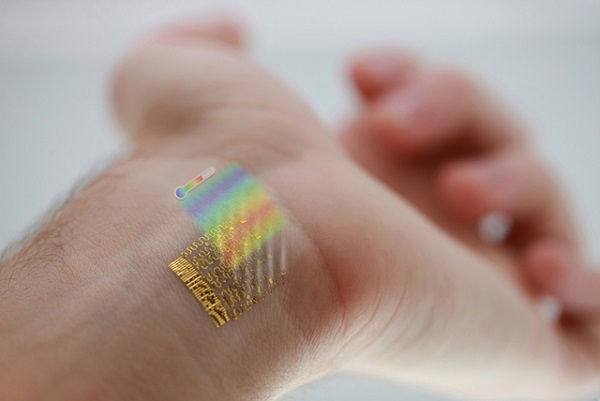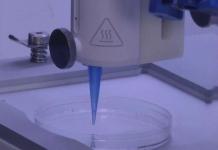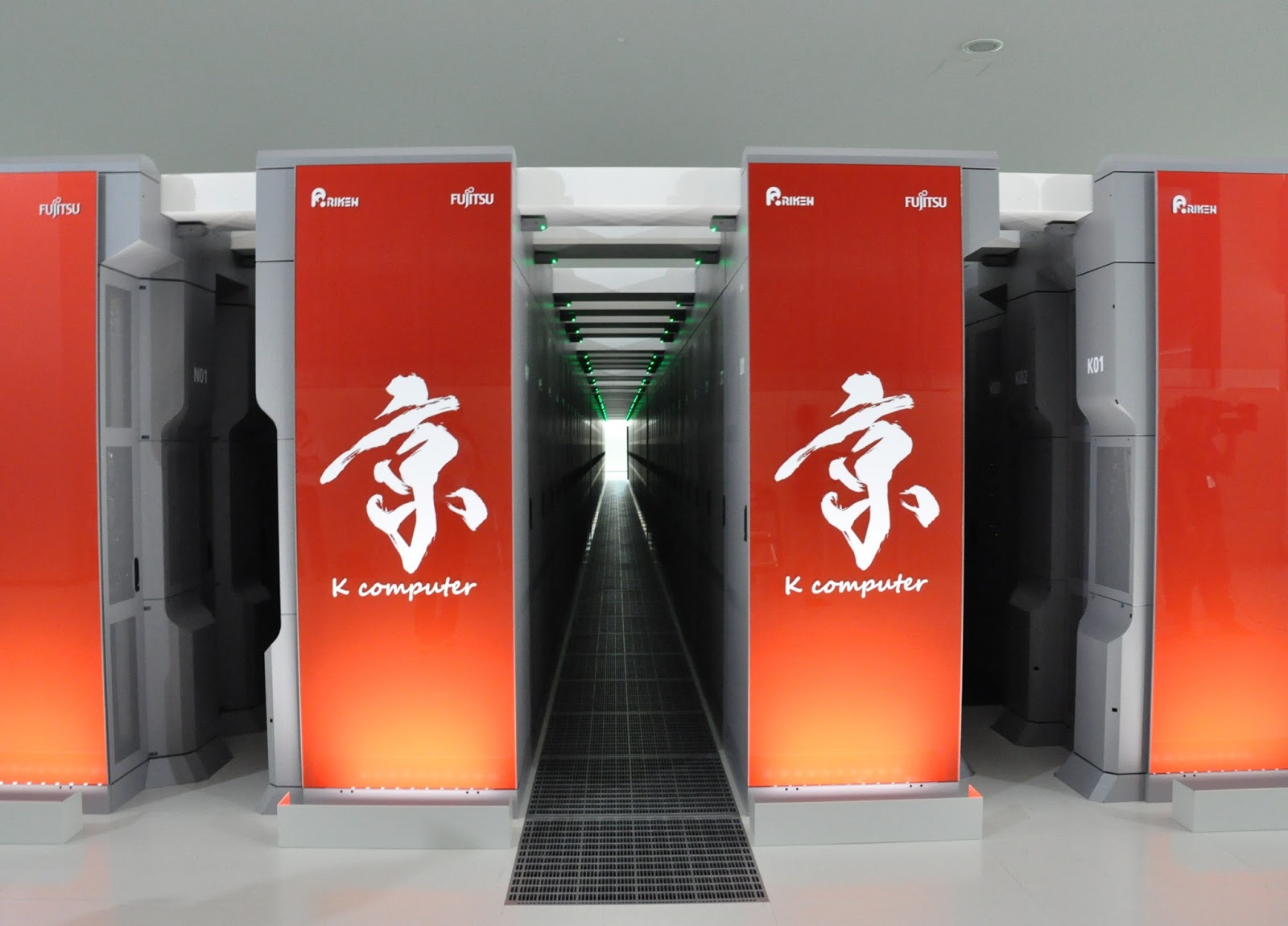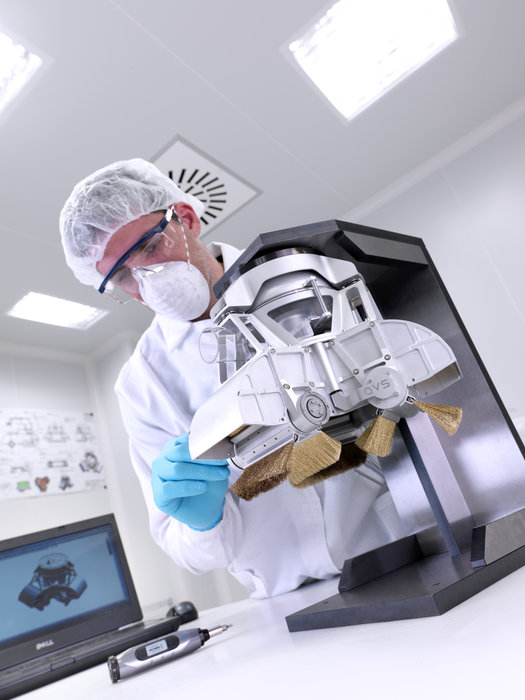Measuring skin temperature very accurately could provide medical care providers a different perspective on the health state of a patient. Flexible, wearable electronics could help the doctors in that matter.
Taking dermal temperature could help people suffering from diabetes to keep their feet, provided that this is done regularly and accurately. This is only one example of how measuring temperature other than in the conventional way could make the world better for people who have grave health conditions.
John Rogers, a University of Illinois researcher, stated the following in an interview for The Verge: “Normally on temperature, I’d think that’s not very interesting. It turns out, measuring skin temperature, let’s say to a tenth of a degree … that says something very meaningful about your physiological status and health.”

At the moment, John Rogers and his team are developing ultra-thin, flexible electronics that can be attached to the skin in order to measure temperature with great precision. The latest version of their electronic tattoo includes a hypersensitive thermometer that is as accurate as a quarter-million dollar thermal infrared camera. The main difference? The electronic tattoo is made of electronics that are worth a few cents. Current versions still rely on external power, but the team intends to make these thermometers wireless.
The team that John Rogers leads was even contacted by the National Institutes of Health, the U.S.’ main medical research agency, which also showed interest in better ways of measuring dermal temperature. John Rogers and his fellow co-workers spent a few years developing the current versions of wearable electronic sensors, but with proper funding and more brilliant minds, these things could be improved a lot faster.
“There are lots of other places on the body where you might want to be able to do those kind of measurements. Skin is a starting point,” John Rogers stated, mentioning that the sensors could theoretically be applied on the surface of internal organs, too. For example, applying one against the interior wall of the heart could help doctors better understand the condition of cardiac people.
One thing is certain: John Rogers won’t stop here, as there are many ways these tattoo thermometers could become better. That does not mean that the current efforts of his team shouldn’t be appreciated. The new generation of dermal thermometers might indeed change the world of health care, at least from one point of view.
If you liked this post, please check this RFID artsy tattoo and learn why digital tattoos are far from green.










